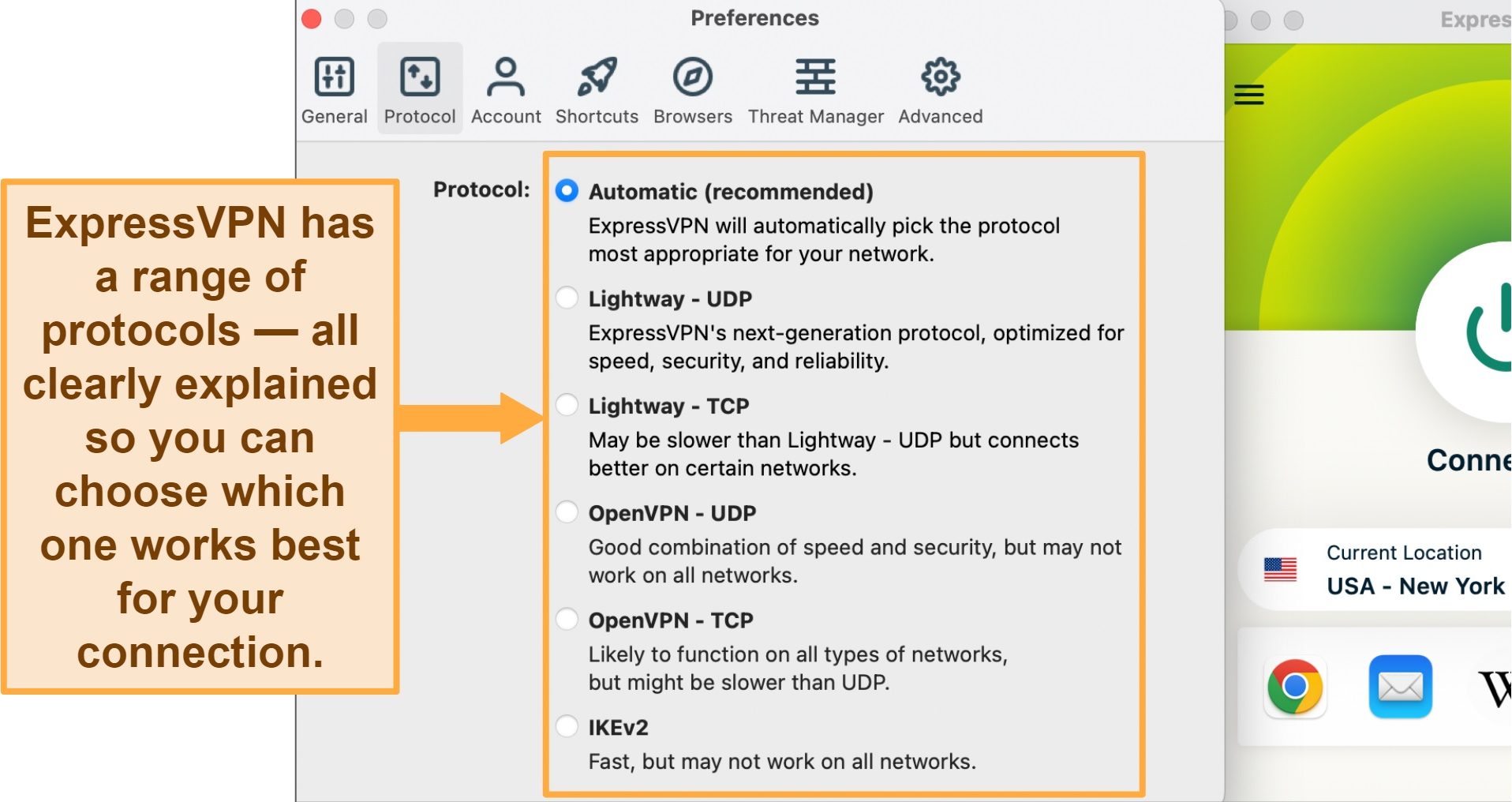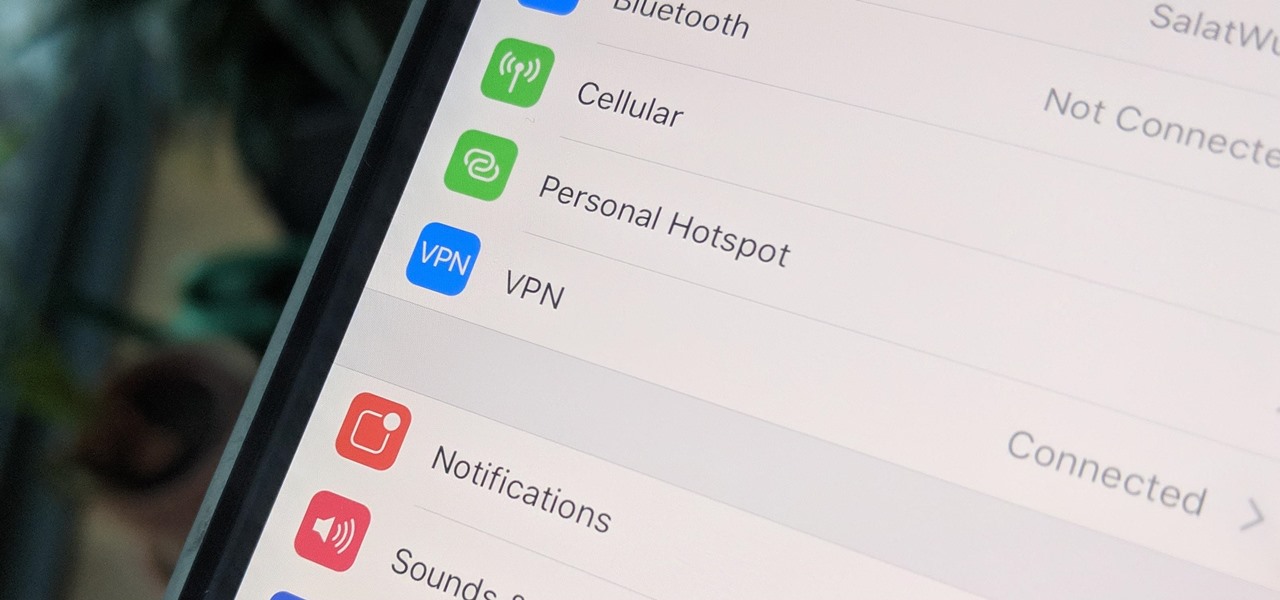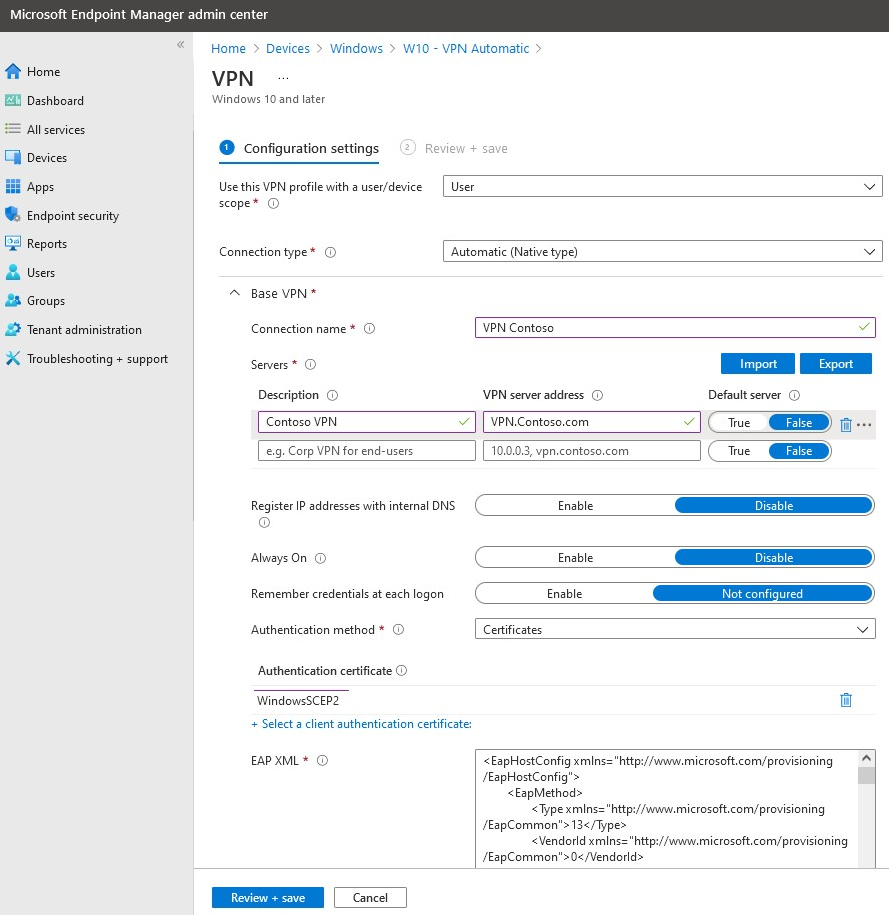Featured
Table of Contents
Troubleshooting And Known Issues

The Routing and Remote Gain access to snap-in lives within the Microsoft Management Console, known as the MMC. There are several ways to access the MMC. You can pick the console from the Start menu's Programs alternatives, within the Administrative Tools folder within Windows server's Control board or by typing mmc at a command prompt.
As Tech, Republic's Brandon Vigliarolo shows within his video at the start of this short article, the Providers console displays the status of the Routing and Remote Gain access to entry. From within the Solutions console and with the Routing and Remote Access entry highlighted, you can click Start the Service or right-click the entry and choose Restart.
In some cases the VPN client and VPN server are set to using different authentication techniques. Confirm whether an authentication error is the issue by opening the server console. Yet another method of accessing the MMC is to type Control+R to open a command timely in which you can type mmc and hit Go into or click OK.
If the entry isn't present, click File, choose Add/Remove Snap-in, pick the Routing and Remote Gain access to choice from the choices and click Include, then OK. With the Routing and Remote Access snap-in included, right-click on the VPN server and click Characteristics. Then, examine the Security tab to confirm the authentication technique.
A Guide To Vpn Troubleshooting: Fix All Your Vpn Problems
Ensure the VPN customer is set to the authentication technique defined within the Security tab. Usually the items just examined are responsible for most VPN connection rejection mistakes.
Each Web-based VPN connection typically utilizes two different IP addresses for the VPN client computer. This is the IP address that's utilized to establish the initial TCP/IP connection to the VPN server over the Web.
This IP address usually has the same subnet as the regional network and therefore enables the customer to interact with the regional network. When you set up the VPN server, you need to configure a DHCP server to appoint addresses to clients, or you can develop a bank of IP addresses to assign to customers straight from the VPN server.


If this option is chosen and the reliable remote access policy is set to enable remote gain access to, the user will be able to connect to the VPN. I have actually been unable to re-create the circumstance personally, I have heard rumors that a bug exists in older Windows servers that can trigger the connection to be accepted even if the effective remote access policy is set to deny a user's connection.
How To Fix Failed Vpn Connections - Troubleshooting Guide

Another common VPN issue is that a connection is effectively developed but the remote user is not able to access the network beyond the VPN server. Without a doubt, the most typical cause of this issue is that authorization hasn't been given for the user to access the entire network. To enable a user to access the entire network, go to the Routing and Remote Access console and right-click on the VPN server that's having the issue.
At the top of the IP tab is an Enable IP Routing check box. If this check box is made it possible for, VPN users will have the ability to access the remainder of the network, presuming network firewalls and security-as-a-service settings allow. If the checkbox is not chosen, these users will be able to gain access to only the VPN server, but nothing beyond.
If a user is calling straight into the VPN server, it's generally best to set up a fixed path between the customer and the server. You can set up a fixed path by going to the Dial In tab of the user's residential or commercial properties sheet in Active Directory Users and Computers and picking the Apply A Static Path check box.
Click the Add Route button and then enter the destination IP address and network mask in the space provided. The metric need to be left at 1. If you're utilizing a DHCP server to appoint IP addresses to customers, there are a number of other issues that might trigger users not to be able to surpass the VPN server.
Unable To Connect To A Vpn On A Windows Pc? 7 Ways ...
If the DHCP server assigns the user an IP address that is currently in use in other places on the network, Windows will detect the conflict and avoid the user from accessing the remainder of the network. Another common problem is the user not getting an address at all. The majority of the time, if the DHCP server can't assign the user an IP address, the connection won't make it this far.
If the client is designated an address in a range that's not present within the system's routing tables, the user will be not able to navigate the network beyond the VPN server. Ensure the resources the user is trying to gain access to are actually on the network to which the user is connecting.
A VPN connection to the other subnet might, in fact, be required. A firewall program or security as a service solution could also be to blame, so don't forget to examine those services' settings, if such components are present between the VPN server and the resources the user seeks to reach.
The first possibility is that one or more of the routers involved is performing IP package filtering. I recommend inspecting the customer, the server and any makers in between for IP package filters.
Latest Posts
10 Best Vpn Services For 2023 - Top Vpns Compared
Best Vpn Companies: Protect Yourself Online
10 Best Vpn Services For Startups 2023 - Truic